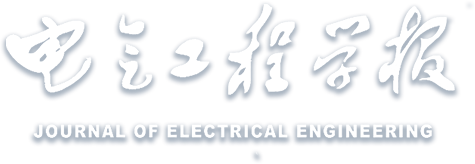Abstract:
The disadvantages of several mainstream approach for detecting arc in single use only are analyzed, and the method for evaluating the intensity of arc scientifically is elucidated. Arc spectral structure of metallic conductor short circuit and ionization under high voltage in the case of 220V/200A and 20kV are provided respectively. The spectral components of the arc and the relative intensity of each component in the arc are analyzed in detail based on experimentation. Under the condition of 220V/200A, for the arc produced by short circuit of metallic conductor, intensity coming from ultra-violet (UV) light(250~380nm) is up to 60%~70% approximately, while in the case of 20KV, the intensity about 90% coming from UV light(300~380nm) in the arc formed by air ionization between two conductor. Finally, the significant characteristic that UV light is the primary component in the arc worked out by analyzing arc’s traits and the promising of its application in power system fault protection is predicted.


 下载:
下载: